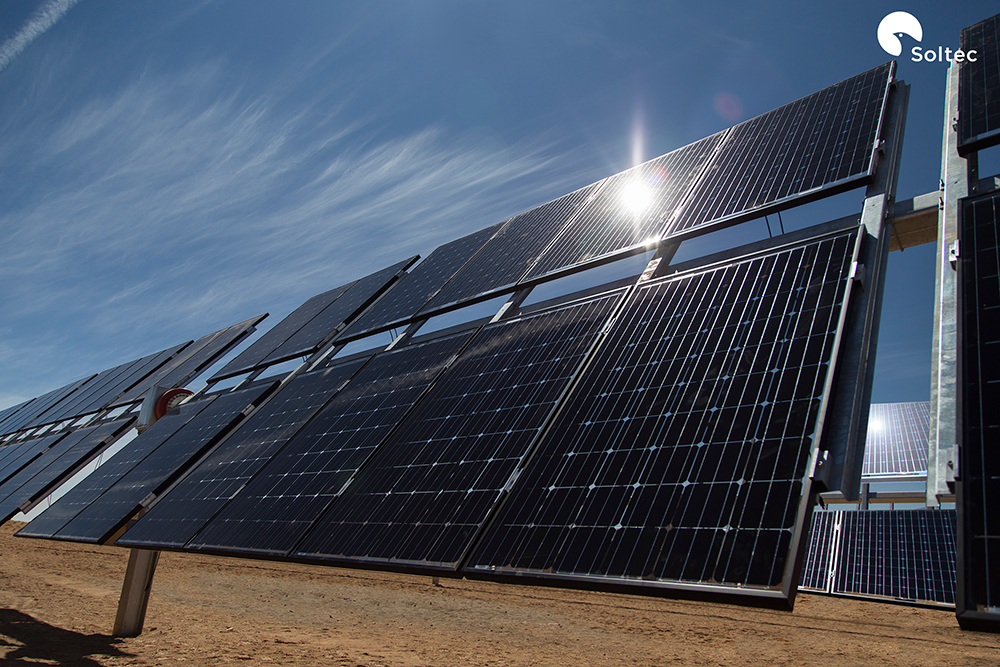Sterling and Wilson Solar has warned Australia that it faces a shortage of skilled talent to work on projects.
The India-based EPC contractors has a global portfolio of more than 11GWp. Its Australian EPC order book includes five major solar PV projects with a cumulative total of more than 1.1GW, including Neoen’s 400MW Western Downs Green Power Hub in Queensland and the 174MW Wellington Solar Farm being developed by Lightsource BP in New South Wales.
It is also constructing the 162MW Columboola and 120MW Gangarri solar farms in Queensland, and the 150MW solar component of the Port Augusta renewable energy park in South Australia for Iberdrola.
Sterling and Wilson Solar Australia Chief Executive Philip Sheridan said the labor shortage is one of the key challenges confronting the industry and it is putting the development of new large-scale solar farms under strain.
“Securing skilled labour is certainly an area which is proving challenging,” he said. “The issue is not unique to the renewable sector but we are struggling to find the resources to service the projects and not it’s just the blue-collar workforce but white collar as well. And to be brutally honest it is only going to get worse.”
Independent advisory group Infrastructure Australia has described the growing skills shortages as “a public infrastructure workforce crisis”.
In its first Infrastructure Market Capacity report, the group project managers will struggle to recruit skilled workers for one in three industry jobs by 2023, the equivalent of 105,000 positions. Of particular concern for the clean energy industry is a shortage of engineers, electrical line workers, electricians and skilled wind power technicians.
Sheridan said the skilled labor shortage has been an issue in Australia for many years and the pandemic has exacerbated the problem, with both state and international border closures preventing the arrival of much-needed expertise at some renewable energy projects. He also said the surge in the size and scope of proposed large-scale solar projects has added an extra element to the equation.
“The pipeline of opportunities that we are aware of today with the targets that are being talked about for 2025 and 2030 and the types of projects we’re seeing in the longer term, these are GW projects … the numbers are huge,” he said. “The numbers that are being bandied about, 10GW, 15GW … these are big set-ups. On paper it looks very good in terms of opportunities but it’s not just the project but how it’s going to be serviced. The industry really has to change and evolve from where we have traditionally been to ensure they can be executed.”
Sheridan said it is incumbent upon the industry to adapt to circumstances, pointing to opportunities to develop modular construction techniques and increase off-site building to potentially reduce the on-site labour component.
“We need to be developing smarter ways to deliver these projects,” he said. “I think the less labor-intensive elements we can do in the field potentially the less people we require out there. Simplifying some of the activities might make things more streamlined.”
This content is protected by copyright and may not be reused. If you want to cooperate with us and would like to reuse some of our content, please contact: editors@pv-magazine.com.




2 comments
By submitting this form you agree to pv magazine using your data for the purposes of publishing your comment.
Your personal data will only be disclosed or otherwise transmitted to third parties for the purposes of spam filtering or if this is necessary for technical maintenance of the website. Any other transfer to third parties will not take place unless this is justified on the basis of applicable data protection regulations or if pv magazine is legally obliged to do so.
You may revoke this consent at any time with effect for the future, in which case your personal data will be deleted immediately. Otherwise, your data will be deleted if pv magazine has processed your request or the purpose of data storage is fulfilled.
Further information on data privacy can be found in our Data Protection Policy.